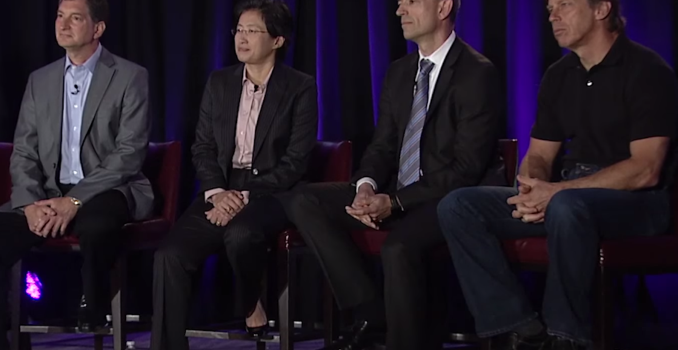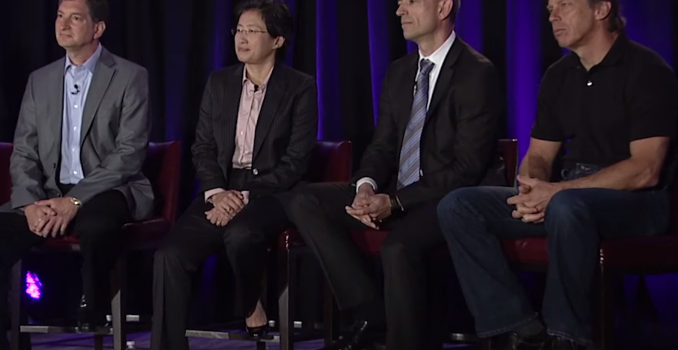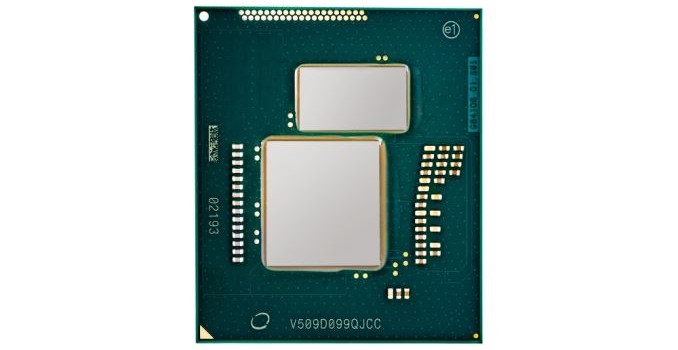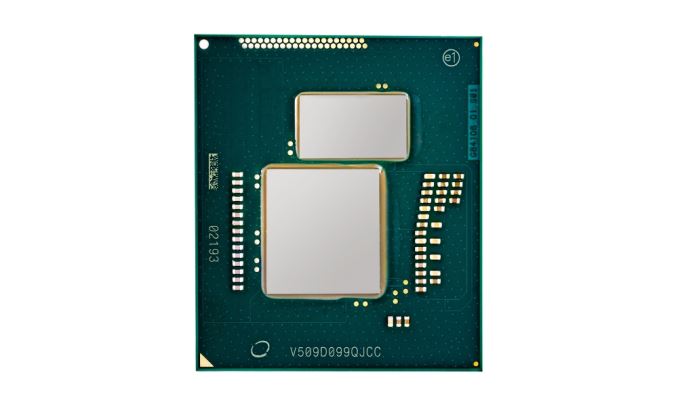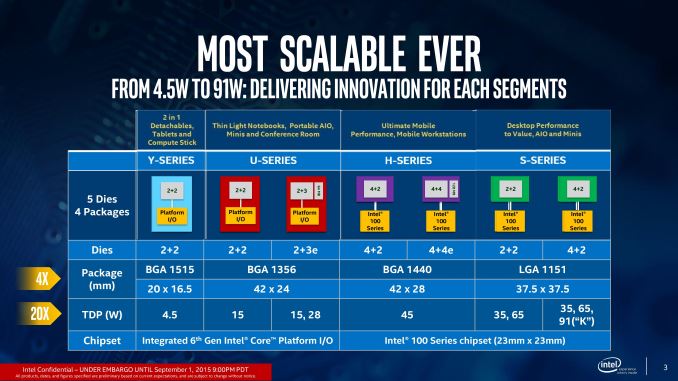
AMD’s history has been well documented, especially given several reorganizations in the early part of this decade along with changes in senior staff and how both its market share in CPU and GPU markets is progressing. Today we have learned that one of those senior staff, the head of the CPU group Jim Keller, is to leave AMD effective September 18th (today). Readers may remember that Jim Keller was a recent re-hire in 2012, tasked with leading AMD’s CPU group and helping the company develop new core processor architectures in order to bring AMD’s architecture in line the competition.
Jim Keller has worked at AMD before, most notably developing the K7 and K8 processors that formed the basis of much of AMD’s success at the turn of the century. This includes assisting in the generation of the x86-64 instruction set that would form the basis of many of the x86 based computers people used today. At other points in time Jim has also spent several years each at Apple helping design their A4 and A5 SoCs as well as at DEC on Alpha processors, giving him a wide degree of experience in CPU development that AMD has been tapping during his latest tenure there.
As a re-hire at the top of the CPU chain, Keller’s latest project at AMD was to develop the next generation of high performance processors for AMD and to build a team around the concept of PC performance. This was announced as a rapid departure from the module design of Bulldozer-based cores sharing parts of a processor and towards a new base architecture called Zen. Other projects in the pipeline at AMD CPU group include ARM-based AMD processors (K12), an ARM counterpart of sorts for Zen that is set to launch later on.

As for the big question, the state of Zen, along with confirming that Keller is leaving the company today, AMD is also officially reiterating that their roadmaps are still on course, with Zen set to come to market in the latter half of 2016 and a first full preiod of revenue to be reported in 2017. Given the long (4+ year) design cycles for a modern high-performance CPU, at this point in time all of the “heavy lifting” on Zen development should be done. With only a year or so to go before launch, the rest of Keller’s team at AMD will be focusing on fixing bugs and bringing products to manufacturing.
As a result while the loss of Keller is certainly a significant one for AMD, Keller’s architecture work on Zen should already be complete, which is likely why we are seeing him leave at this time. And as a quick aside to give you an idea of CPU development timelines, by comparison, Jim’s work on K8 was done over 3 years before K8 shipped in 2003. Consequently the biggest loss for AMD here shouldn’t be Zen-related, but rather that they won’t have Keller’s talents to call upon for further refinements of Zen or for a post-Zen architecture.
Meanwhile leadership of the CPU architecture team in Keller’s absence will be turned over to CTO Mark Papermaster, who will be leading the group as they wrap up work on Zen. AMD is calling Mark the “acting leader” of the group, so this is likely an interim posting while AMD looks to find or promote someone to lead the CPU architecture group on a permanent basis. Otherwise as we’re approaching the end of the fiscal quarter, AMD is in their quiet period, so AMD is limited in what they can say at this time. I suspect we’ll hear a bit more on the plan for the final year of Zen development in the company’s Q3 earnings release, which will be on October 14th.
Finally, it will be interesting to see if and when Keller will pop up next in the industry. Given his history of switching jobs to work on new CPU projects and his high level of skill which has allowed him to so freely move between companies, we may yet see Keller show up on another CPU project in the future. On the other hand after having worked for AMD twice and Apple, Keller has certainly earned an early retirement. In the meantime with the launch of Zen closing in for AMD, all eyes will be on just what Keller and his team have put together for AMD’s next generation CPU.
Source: AMD
Top image (from left): Mark Papermaster (CTO), Dr. Lisa Su (CEO), Simon Segars (CEO of ARM), Jim Keller



